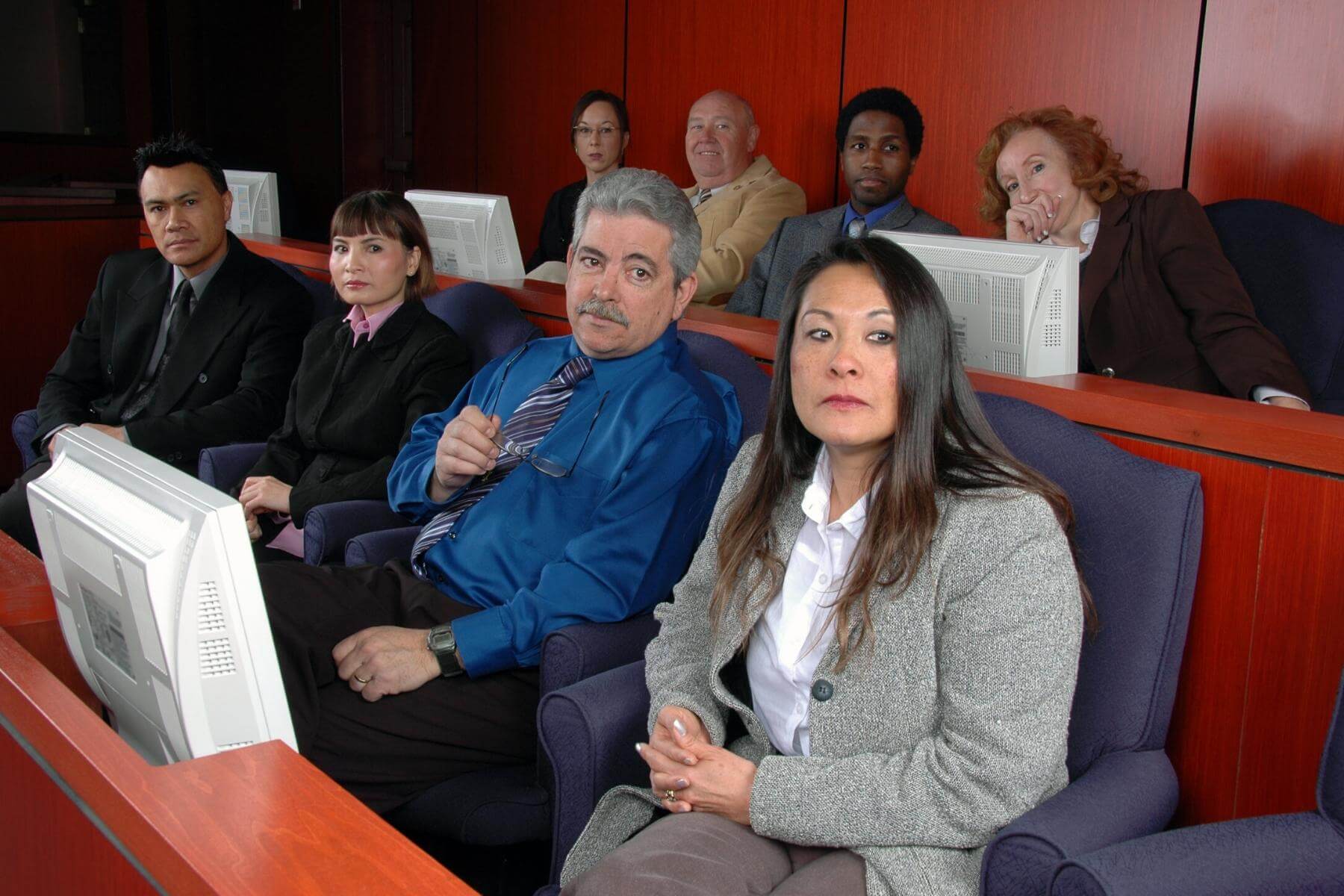Just How Test Presentations Enhance Your Disagreement and Persuade Jurors
Trial discussions serve as an essential mechanism for improving lawful arguments and encouraging jurors. The strategic usage of visuals not just clarifies complicated information but also catches jurors' focus much more properly than words alone.

Importance of Aesthetic Aids
Aesthetic aids play a critical function in enhancing the efficiency of trial discussions, as they can significantly raise audience involvement and retention of information. In the context of a test, where jurors are tasked with handling complex info, aesthetic aids offer to simplify and clear up bottom lines. Charts, charts, and images can share information and ideas that may otherwise bewilder or puzzle jurors, permitting a more uncomplicated understanding of the evidence offered.
Moreover, aesthetic aids help in maintaining juror interest throughout the process. By breaking the dullness of spoken testimony, these tools can stress critical disagreements, making them a lot more memorable. Effective visual help can additionally evoke emotional actions, which can be crucial in persuading jurors to line up with the presenter's story.

Crafting Engaging Stories
A compelling narrative is necessary in test presentations, as it functions as the backbone of efficient persuasion. It permits lawyers to weave together facts, evidence, and emotional aspects right into a systematic tale that reverberates with jurors. This narrative structure enables jurors to understand the complexities of the situation while leading them through the attorney's argument.
To craft a compelling narrative, attorneys must concentrate on quality and comprehensibility. This entails developing a clear lead character-- often the client-- and outlining their journey through the events concerned. Presenting the facts in a logical sequence enhances understanding and keeps involvement. In addition, using vivid summaries can develop psychological photos that assist jurors picture the events, making the narrative more memorable.
Moreover, integrating vital motifs throughout the discussion strengthens the core message and aids in retention - trial presentations. The narrative should not just communicate info but also evoke a sense of justice, highlighting the risks entailed. Ultimately, a sound narrative cultivates a link between the jurors and the instance, placing the attorney's disagreement as both qualified and engaging, thereby raising the probability of a favorable judgment

Involving the Jury Psychologically
Effective court involvement hinges on the attorney's capability to link with jurors on a psychological degree. This connection can dramatically influence jurors' perceptions and their supreme decision-making.
Aesthetic help, such as pictures or video clips, can further enhance emotional interaction, supplying jurors with dazzling depictions of the case's human elements. Crafting a narrative that highlights the struggles and triumphs of the individuals included makes sure that jurors see past the lawful disagreements and identify the human effects of their choices.
Moreover, tone and body language play an important function in communicating emotion. An attorney's passionate delivery can resonate with jurors, reinforcing their emotional financial investment in the instance. It's essential to stabilize sob stories with valid proof, making certain that jurors really feel urged to act while continuing to be based in the reality. Eventually, a mentally engaged jury is more probable to be encouraged, making emotional connection a vital component of reliable test presentations.
Structuring Your Discussion

The body of the presentation should be practically segmented right into essential factors, each supported by engaging evidence. It is beneficial to utilize storytelling strategies to weave facts right into a narrative that jurors can quickly follow. Visual help, such as charts and video clips, can boost comprehension and involvement, helping to highlight important items of evidence.
Real-World Instance Studies
Checking out real-world study provides vital understandings into the art of test discussions and persuasion. The landmark situation of "O.J. Simpson v. Individuals of The golden state" illustrates exactly how aesthetic help and engaging narratives can guide court understandings. The protection group efficiently used an approach that combined prominent professional testaments with multimedia discussions, which captivated jurors and inevitably influenced their decision.
Another noteworthy example is the "McDonald's Coffee Case," where the complainant's attorneys made use of graphic pictures of the injuries received by Stella Liebeck. trial presentations. This stark aesthetic proof played a critical duty in communicating the next page intensity of her burns, resulting in a considerable jury honor. Such instances show that impactful test discussions commonly depend upon the efficient integration of visuals and narration to stimulate emotional reactions from jurors
Furthermore, the "Casey Anthony Test" highlighted the value of narrative coherence and reliability. The anonymous prosecution's failing to develop a compelling timeline diminished their influential power, highlighting the necessity of a well-structured discussion. Examining these cases reveals that successful trial presentations need strategic preparation, psychological interaction, and the capability to reverberate with jurors' worths and ideas.
Verdict
Test discussions significantly improve debates and persuade jurors with the critical use of visual aids, engaging narratives, and psychological involvement. A well-structured presentation balances psychological appeals with accurate proof, inevitably resonating with jurors' values.